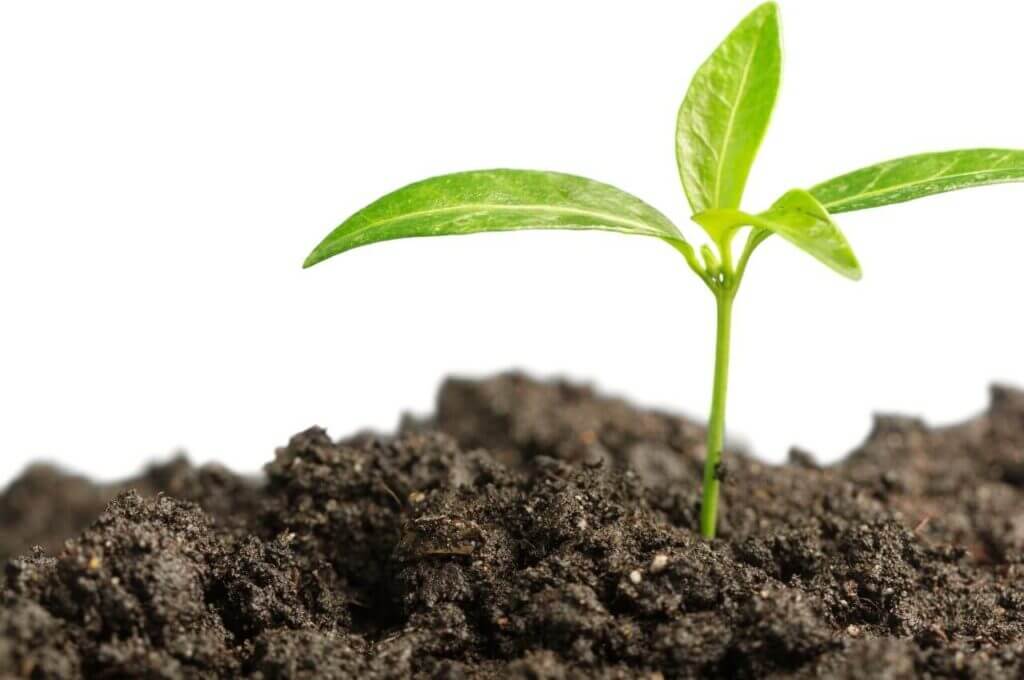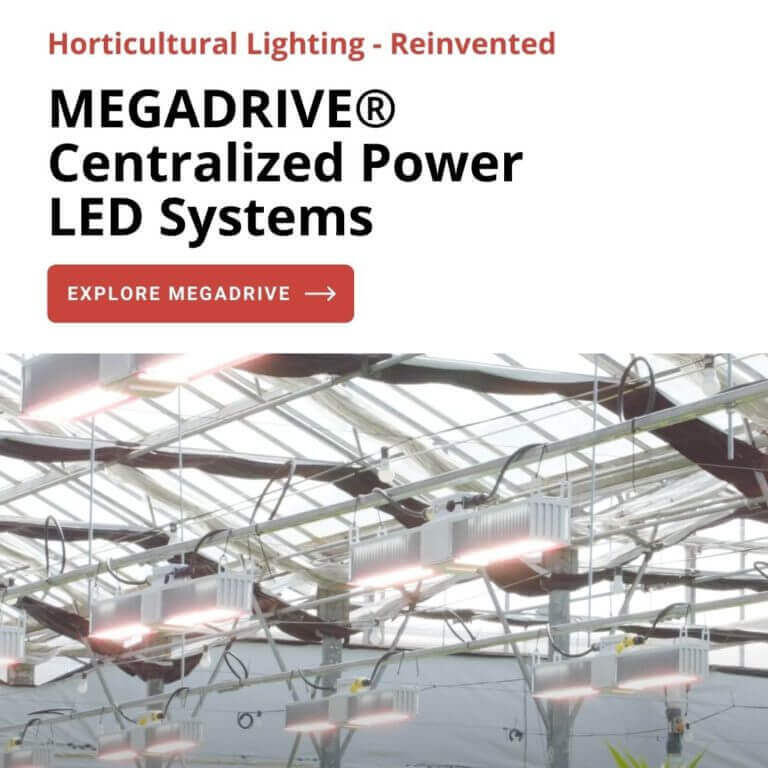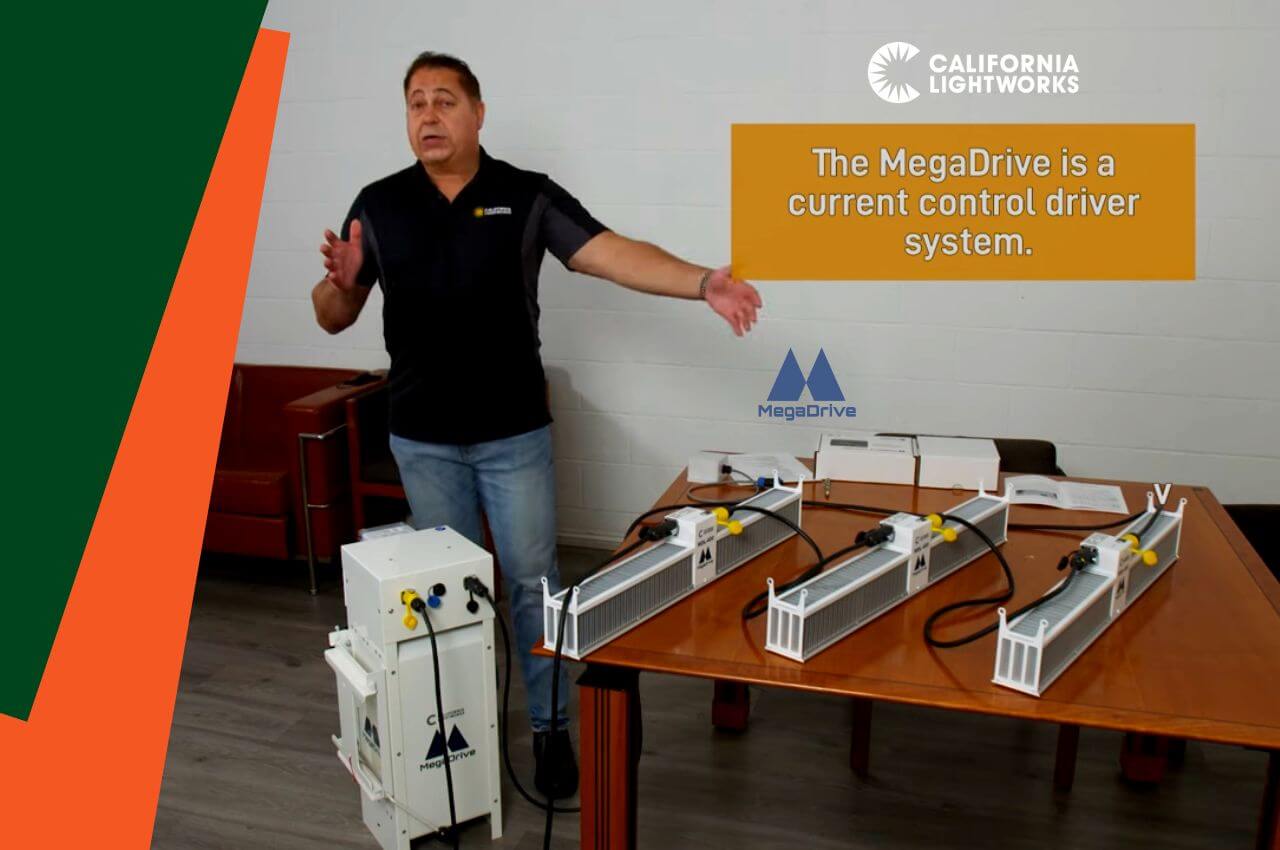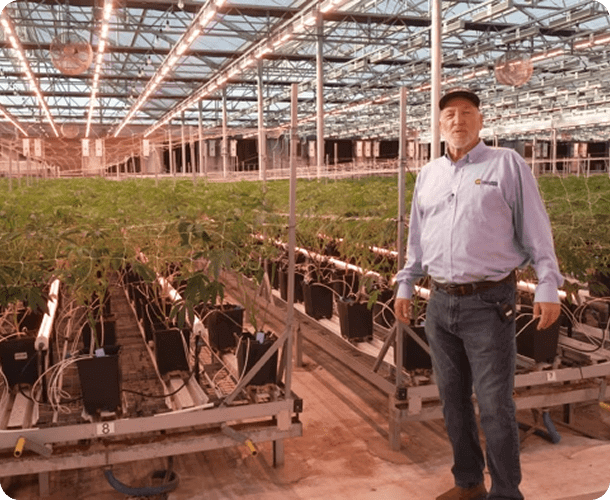The decision between soil vs. hydro may be one of the most challenging choices you face as an indoor or greenhouse grower.
Soil is the more traditional option. It’s also the way your plants would grow in nature.
On the other hand, hydroponics are increasingly popular as the technology advances. Hydro now offers a level of control that is difficult to achieve when you grow your plants in soil.
In truth, both options have their pros and cons. This decision is less about which one is better and more about how they align with your goals, experience level, and resources.
We’ve put together this easy guide to navigating the soil vs. hydro debate. We’ll explain how each grow medium could influence your time commitment, costs, and crop quality.
But first:
Some Quick Definitions
If we’re going to break down the soil vs. hydro debate, we need to make sure we’re clear on how each medium is used.
You probably don’t need much help understanding what it means to grow in soil. You’ve known the drill since grade school. Plants extend their roots deep into soil, collecting water and nutrients stored in that medium.
Hydro is almost as straightforward as soil. Using hydroponics essentially means you skip the soil and deliver nutrient-rich water directly to the roots.
However, the hydro setup could take many forms.
Wicking is a system of hydroponics in which water and nutrient solutions reach the roots through a wick. This technique is fairly passive, making it particularly popular among growers who are new to hydro.
The drip system involves dripping nutrients into the root system of your crops.
In the nutrient film technique (NFT), a pump directs water into the slanted containing crops. The water moves through the root system and any water that isn’t absorbed returns to the reservoir from which it came.
The ebb and flow method involves temporarily flooding crops, then redirecting water to a reservoir so the roots can dry completely.
Finally, the deep water culture (DWC) system is another straightforward option. Crops dangle in nutrient-packed water.
Now, let’s break down the soil vs. hydro pros and cons one by one.
The Cost of Soil vs. Hydro
Interestingly, some growers insist that soil is the more cost-effective option, while others tout the lower expense of hydroponics.
To some degree, the truth depends on the specific hydro system you select and what resources you have to begin with.
In most cases, hydro is more expensive to set up. Depending on which hydroponic system you choose, you will have to invest in costly equipment including reservoirs and pumps.
But what about operational expenses?
Again, this depends on your specific grow setup. It takes energy to run hydroponic technology, and you will see that impact on your power bill.
But how does that compare to soil? If you have a small grow room and you water by hand, you obviously use less energy with soil. On the other hand, if you have an automated irrigation system, you might be looking at a comparable energy expense.
There is also the question of water and nutrient consumption. Hydro uses significantly less of both.
When you irrigate your crop with nutrient-rich water, the water spreads throughout the soil. Your plant’s roots reach and absorb some of that water. The rest dries or evaporates.
With hydroponics, however, you place roots and water in direct contact with one another. The water and nutrients that are not absorbed return to a reservoir to be cycled through the next round of irrigation. The result is significantly less waste.
There is no clear winner between soil vs. hydro when it comes to cost. Expect a higher upfront cost for hydroponics, but remember to calculate your overall operating expenses as well.
Comparing Maintenance
People who fall firmly on the hydroponics side of the soil vs. hydro debate will happily tell you hydro is lower maintenance. In many ways, that’s true.
You are more likely to deal with pests, disease, and mold when your plants are rooted in soil. This distinction alone is enough to make a lot of growers take hydroponics very seriously.
You also have more control over plant nutrition levels with hydro. However, it should be noted that hydro is less forgiving when it comes to errors in nutrition. First-time growers may want to consider this if they are not confident in their understanding of nutrition.
Finally, it’s important to understand that soil contains naturally occurring microbes that contribute to the “soil-food-web,” a system that is central to plant nutrition. This natural ecosystem does not exist with hydro. Hydroponics allow for more nutritional control, but those nutrients are artificial.
Crop Yield
We finally have a straight answer for you in the soil vs. hydro conversation.
All things being equal, hydroponics have proven to be the more “productive” option in terms of yield.
More specifically, growers discover faster growth in the vegetative phase when they farm using hydro methods. Plus, they often experience a more consistent, predictable yield volume.
As an added benefit, most hydroponic setups allow more room for plants compared to soil-based grow systems. This means the hydro yield-boost isn’t just a matter of more growth; it’s a matter of more plants.
Crop Quality
That said, we all know quantity isn’t worth much without quality.
This is one area where most studies (and anecdotal evidence) suggest that soil wins out. There still has been no conclusive, scientific declaration that soil is superior. But many horticultural professionals would tell you they achieve stronger flavor with soil vs. hydro.
So What’s the Verdict on Soil vs. Hydro?
Again, the decision of soil vs. hydro all comes down to your unique needs. Ask yourself what’s most important to you:
- Saving money now or saving in the long term?
- Simple, familiar processes or new technology?
- High yields or intense flavor?
- Natural nutrition or controlled nutrition?
We also encourage you to consider your options with your overall operation in mind. For example, your choice of grow light also influences outcomes such as yield, chemical profile, and costs.
In fact, selecting the right horticultural lighting system can take a lot of pressure off your soil vs. hydro decision. For example, the LED grow light collection at California LightWorks:
- Drastically reduces energy consumption
- Promotes higher yields
- Allows you to manipulate your crop’s chemical profile
- Helps you speed the grow cycle for more harvests per year
- Radiates less heat than HPS bulbs, making it easier to control temperature and limit evaporation
No matter which way you’re leaning in the soil vs. hydro debate, we’re happy to help you find the setup that’s right for you. Our customer service team is passionate about cultivation, and we do whatever we can to help you succeed. Reach out any time.





